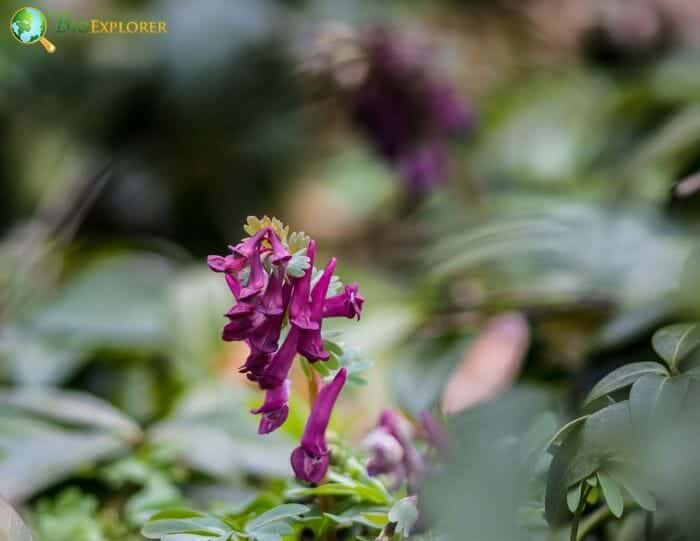
The hollowroot plant enchants with delicate carpets of leaves, on which fragrant blooms in white and deep purple-pink open. The plant belongs to the Fumarioideae (fumitory) family.

It is known as Corydalis cava botanically, which is derived from the shape of the flower and the hollow bulb. Its natural landscapes are closely related to beech forests.

The plants are primarily found in Central Europe but are absent in poor limestone or without limestone. There are around 470 species[1] in the Corydalis genus.

The hollow root is an herbaceous perennial that can reach heights of 6 to 12 inches, depending on location. The glabrous leaves, divided into two parts, are greenish-blue in color and are placed alternately on the stem.
Hollowroot opens its slightly fragrant white to purple or dark pink blooms from March to April. The upper petals end in a curved, longspur. The lower bract is not divided, making it easy to distinguish hollow roots from the closely related Corydalis solida (fumewort).
Each flower is only 2-3 inches long, but 10 to 20 of them are grouped into racemose inflorescences.











